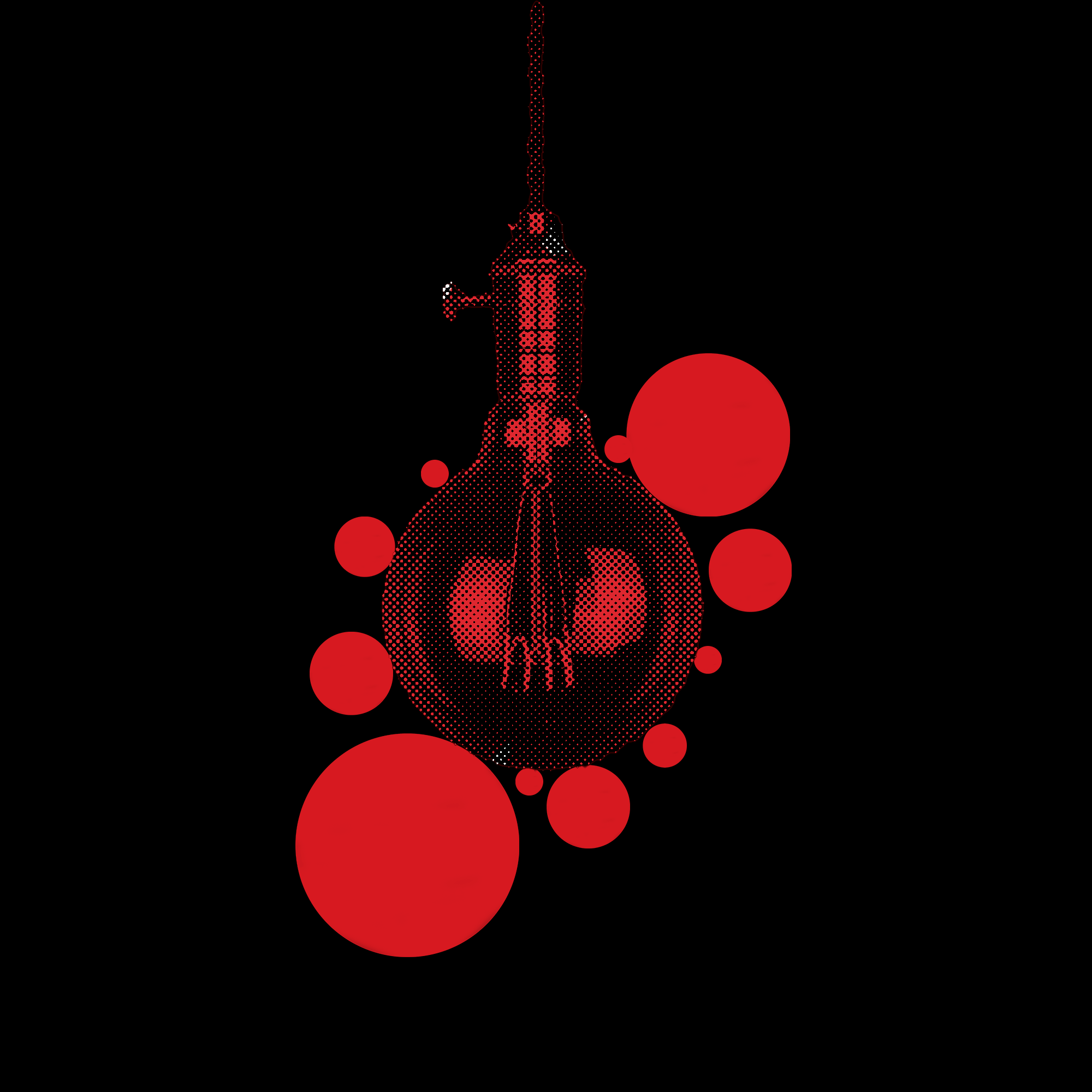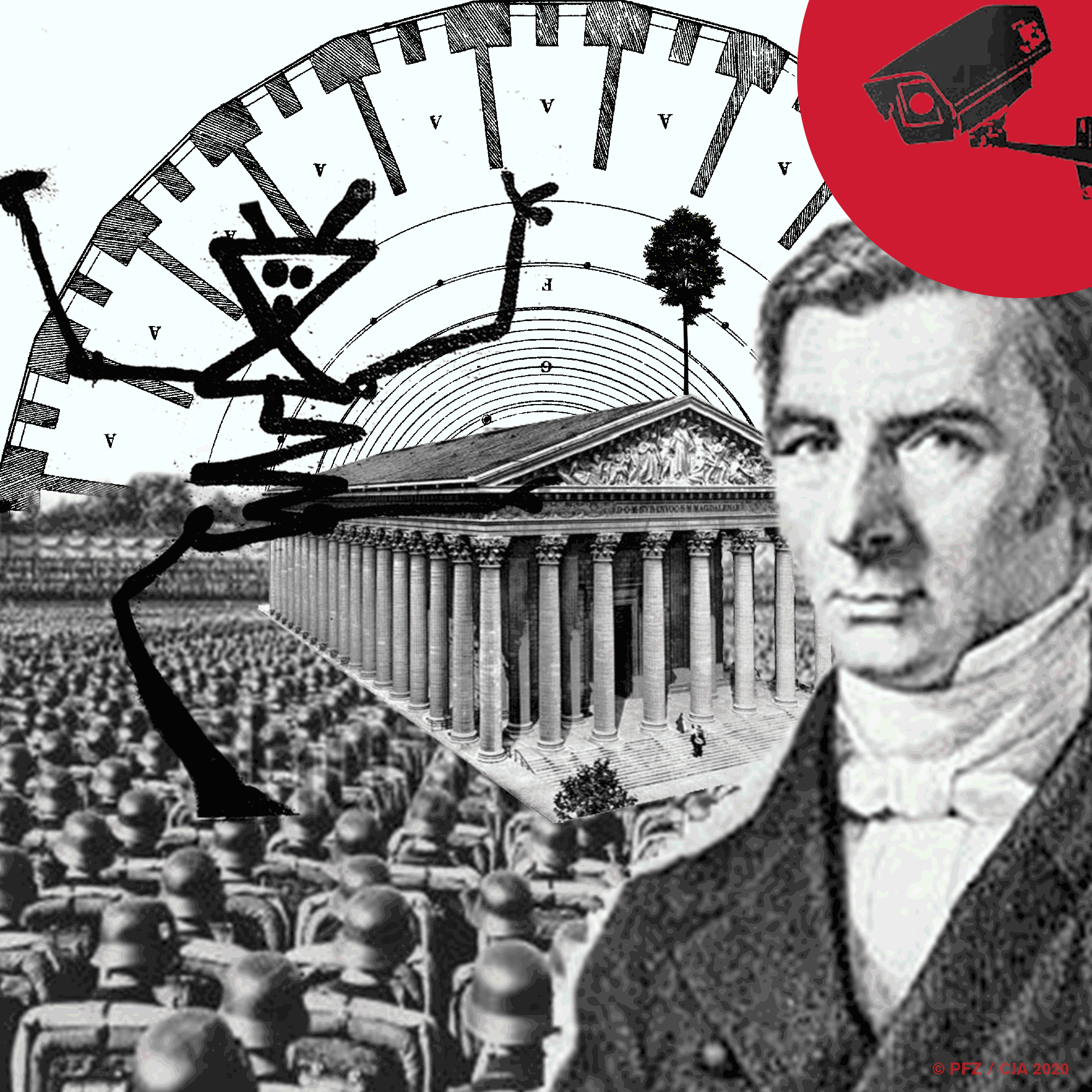Is the aesthetic regime a form of censorship?
Artists are living within a ‘culture of censorship’ and suppressed by the politics of aesthetics. Jacques Rancière (1940) is a French philosopher that examined the ability of art to influence what society sees, hears, and understands. He defined art as a series of historically conditioned practices and that there are three ways (ie regimes) that relate it to politics. Rancière distinguished them as the ethical regime of images (Plato), the representative regime of art (Aristotle), and finally, the aesthetic regime of art. The aesthetic dimension of politics allowed for the two other regimes to develop because it eliminates hierarchies and forms of subordination. Through this, art and life connect.
Rancière states that «Politics revolves around what is seen and what can be said about it, around who has the ability to see and the talent to speak, around the properties of spaces and the possibilities of time.» As art is something that can be observed and discussed then it is something in which politics must revolve around. Those that have the ability and talent to speak are those that ‘distribute the sensible.’ The space and time in which the bodies and voices that distribute are the ones in which choose what is ‘sensible’ at that period. These are experts will influence art and the work of artists will be influenced by the aesthetic regime (conditioning) they (tastemakers) promote as well as the collective unconscious (Jung) of the society.If artists are meant to be free to express themselves there for developing society and culture. Better they stop judging now.
The articles selected below examine this relationship between art and politics, censorship systems, regulations, and protections. Each link is accompanied by a summary.
1 Tanke, J., (2011), ‘What is the aesthetic regime?’ Parrhesia Journal 12, http://parrhesiajournal.org/parrhesia12/parrhesia12_tanke.pdf.
Aesthetics have the power to alter the allocation of sensibility in everyday life and alter discourses and perceptions. The utilization of aesthetics to reiterate a common experience or ideology becomes a political issue once there is a lack of autonomy from the viewer over their experience or an increase of censorship created by the regime to repress the artist. Autonomy and heteronomy are two sides of the same coin of this theory. This connection emphasizes the political side of aesthetic art since it can affect the positions of individuals and groups in society. Art contradicts patterns of assigning meaning to our sense perceptions because the experience demands that we withdraw from ourselves to a point in which we become ‘foreign to ourselves and incompatible with the identities stamped upon us by the police order.’
There is no solid definition of what it is. On one hand it appears it ties everything (attitudes, tastes, knowledge) etc but it restricts someone from perceiving the individual structures that are encompassed in this regime. It minimizes the importance of each component by only looking at the entirety (regime). If you want to be an expert you need to avoid partaking in this or promoting it. Experts are judging while being part of this regime in their subconscious or just everyday life that it constantly influences their perceived reality.
2 Marinkov Pavlović, L., ’The Return of the Political and Art Censorship,’ Seismopolite: Journal of Arts and Politics, https://www.seismopolite.com/the-return-of-the-political-and-art-censorship.
Pavlović discusses the relationship between the autonomy of art and the freedom of expression, suggesting that the power associated with censorship interventions and the hegemony in the art world forces art to be complacent with social rules or policies that govern and regulate sociability. Censorship influences the relations that happen in the public domain because it is an ‘intermediary technique’ controlling social communication and formulating a social hierarchy. It allows for the ‘reterritorialization of politics’ because it allows for power to regulate the production, creation, and display of art, its context, and meaning. Artistic expressions allow for politics to make visible and create a discourse on normative sources of power, government, and ruling.
3 Sharratt, C., (2019), ‘How the Art World Can Fight a ‘Culture of Censorship,’ Frieze, https://www.frieze.com/article/how-art-world-can-fight-culture-censorship.
The Index on Censorship is a London-based non-profit that ‘campaigns for and defends free expression worldwide.’ It, along with other civil and digital rights groups such as Article 19 have challenged the UK’s ‘Online Harms White Paper’ which was established to promote internet safety. The White Papers uses a ‘catch-all approach’ which promotes a culture of censorship. The wide scope and vague definitions for things considered to be ‘harmful content’ allow for the removal of legal content that is otherwise offensive or shocking. Art uses physical and online spaces to critique and question. It often pushes boundaries which are seen as dangerous by the White Papers.
Jodie Ginsberg, the CEO of the Index on Censorship, believes that art organizations and artists are self-censoring more frequently due to the fear of massive reactions and repercussions that spread through social media. Self-censorship becomes a safer alternative to avoid these possible outcomes. To keep artists free to express it is fundamental to examine the reasons and situations that pressure artists to self-censor for them to pushback and allow the artistic space to remain open. Protecting these spaces is important to promote a democratic society and allow for reflection and discourses to continue.
4 United Nations Human Rights Council (2020), ‘Research Report on Artistic Freedom of Expression,’ https://freedex.org/new-research-report-on-artistic-freedom-of-expression/.
This report was released on 24 July 2020 by the United Nations General Assembly and UN Human Rights Council. It uses the coronavirus pandemic as its context for exploring how the art world has been affected. Topics such as the denial of access to art, blasphemy laws, targeting of art activists, the denial of space for events, and the arrest and assaults of actors, directors, etc for challenging restrictions or for other arbitrary reasons. The report begins with the legal framework and discusses contemporary instances that threaten artistic freedom such as «restrictive legislation, ambiguous policies, and vague regulations» established by governments. The Special Rapporteur hopes that the research will allow artists and advocates to defend their artistic right for freedom of expression. As well as, act as a guide for States to create better protection and clarity for when there is a restriction on the freedom of expression.
Joint Statement to the HRC, endorsed by 57 Member States stated that «artistic and creative expression is critical to the human spirit, the development of vibrant cultures, and the functioning of democratic societies […] transcending borders and barriers»
5 Felix Müller, J. and Helbing, R., (2019) ‘Message concernant l’encouragement de la culture pour la période de 2021 à 2024,’ Visarte, https://visarte.ch/wp-content/uploads/2019/10/Stellungnahme_Visarte_Kulturbotschaft-2021-2024_def._F-2.pdf
This document was produced by Visarte (1866), the Swiss professional association for visual arts. The message is available only in French and German. The association believes it is «ideally positioned to understand the concerns and problems of visual artistic creation.» Their current statement is «Ohne uns keine Kunst (‘There is no art without us’)»
Visarte releases a cultural message every three year period where it reiterates its commitment to artistic freedom and maintaining the favorable artistic and political climates for artists. As the oldest and largest association for professional artists this cultural message is important to examine in order to understand the current context, developments over the past years, and cultural policies that are being encouraged.
In terms of art in the public space, Visarte states that «en raison de la forte transformation urbaine, l’art dans l’espace public acquiert également une fonction sociale importante / (due to the strong urban transformation, art in public space also acquires an important social function)».
- What type of regime do we want to run and shape our city?
- Who decides it and distributes the sensible?
- What options do we have to influence our surroundings?
- What power do artists still have in influencing the meaning and development of culture?
- Can artists forge, reassemble, and reconstruct new regimes (for example as Georges Braque and Pablo Picasso did with Cubsim)?
We will asks experts the previous questions in order to develop a deeper understanding and understand more opinions on these important dimensions.
(See the previous journal on the Broken Window Theory.)




I must thank you for the efforts youve put in penning this site. I am hoping to check out the same high-grade blog posts by you in the future as well. In fact, your creative writing abilities has motivated me to get my very own blog now 😉